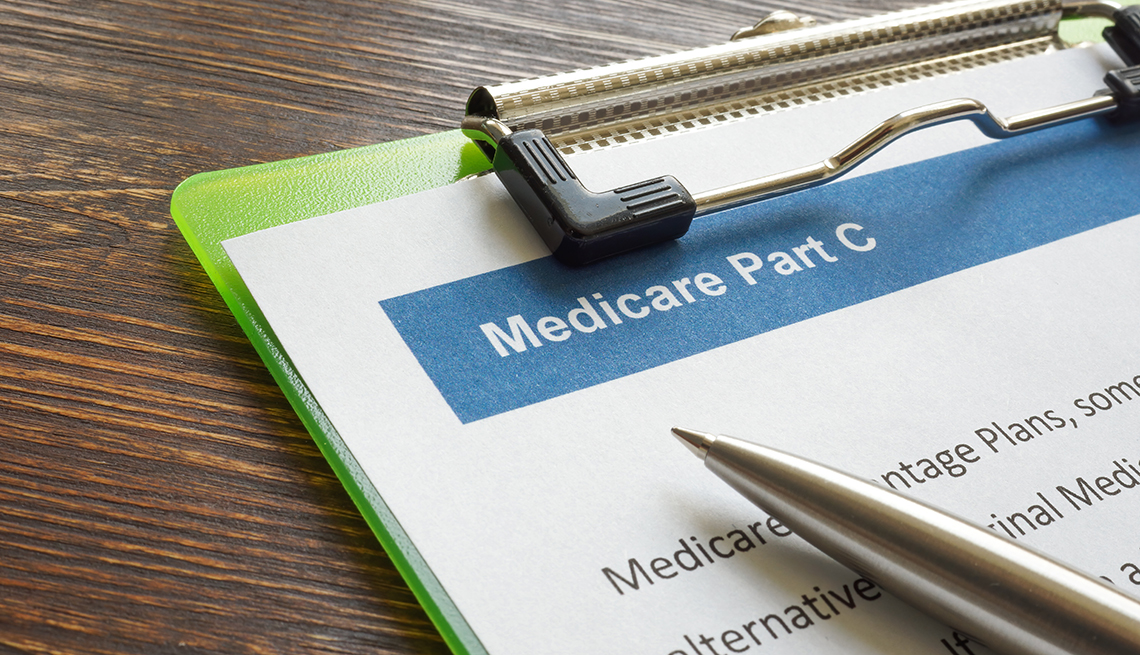AARP Hearing Center
Soon more than half of Americans who get their hospital and medical coverage through Medicare are likely to be enrolled in Medicare Advantage (MA), the private insurance alternative to the government-run coverage, according to a new analysis by the Kaiser Family Foundation (KFF).
Of the nearly 59 million people who get their health care from both Medicare’s Part A, which covers hospital care, and Part B, which covers doctor visits and other outpatient services, 48 percent now get their coverage through a Medicare Advantage (MA) plan, according to the KFF findings.
“Enrollment is projected to cross the 50 percent threshold as soon as next year,” the report says. The nonpartisan foundation based its analysis on the 58.6 million Medicare beneficiaries enrolled in both Parts A and B. Another 5.7 million Americans are enrolled only in Part A or Part B.
Medicare Advantage plans were created in 1997 as a one-stop shopping alternative to original Medicare. The new KFF report reveals that enrollment in MA plans has more than doubled since 2007. The nonpartisan Congressional Budget Office (CBO) also anticipates continued growth of MA membership, projecting that by 2032 among people enrolled in Part B, 61 percent will choose an MA plan.
“There are trade-offs between choosing Medicare Advantage versus traditional Medicare,” says Meredith Freed, a senior policy analyst with KFF’s program on Medicare policy. Freed coauthored the new report and a companion analysis of some of the costs and benefits MA plans provide. “Medicare Advantage has a lot of appealing aspects, such as extra benefits that are not available in traditional Medicare, such as dental, vision, fitness and others,” Freed says. “Medicare Advantage plans also have an out-of-pocket limit, unlike traditional Medicare.” (Thanks to the Inflation Reduction Act, starting in 2025 annual out-of-pocket costs will be capped at $2,000 for prescription drugs in both Part D plans and for people who get their medications under MA plans.)
But the trade-offs, Freed said, include the fact that “Medicare Advantage plans are limited in terms of their network of providers, unlike traditional Medicare, where you can see any doctor that accepts Medicare.” In addition, MA plans often require referrals to specialists and prior authorization for many tests and other medical services, she says.





































































